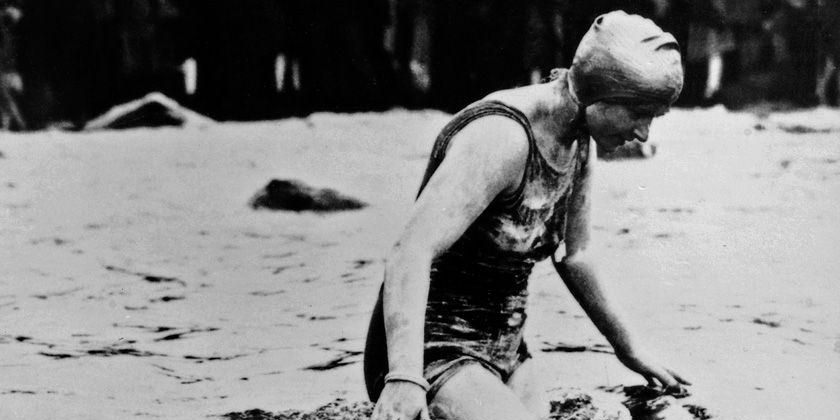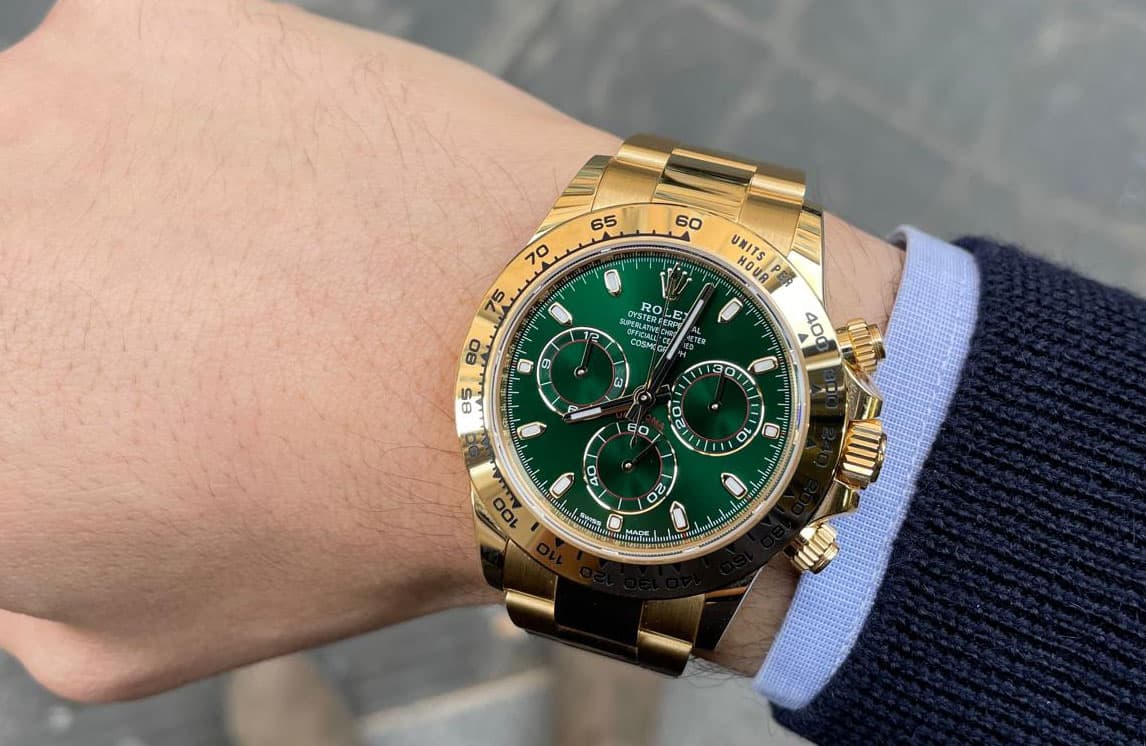1908, Hans Wilsdorf wanted his timepieces to bear a short name that was easy to remember and pronounce in all languages, and that could fit harmoniously on the dials and movements.
About the choice of name, he recounted, "I tried to combine all the letters of the alphabet, in every possible way. Thus I had a few hundred names at my disposal, but none of them appealed to me. Until one morning, as I was traveling on the upper deck of a horse-drawn omnibus along Cheapside Street in the City of London, a little spirit whispered in my ear: Rolex".
Four years later, in 1914, it was the turn of the British Kew Observatory, which awarded a wristwatch Rolex the class "A" certificate of accuracy, a privilege that until then had remained the exclusive preserve of marine chronometers. From then on, wristwatches Rolex became synonymous with precision.
Rolex focused first and foremost on the quality of the movement. And the relentless pursuit of chronometric precision quickly led him to success. In 1910, it was a Rolex first wristwatch to receive the Swiss Certificate of Chronometric Accuracy, issued by the Official Watch Rating Centre in Biel.
The history of Rolex is inextricably linked to the pioneering spirit of its founder, Hans Wilsdorf. In 1905, when he was only 24 years old, Wilsdorf established a company in London specializing in the marketing of watches. He thus began to imagine a timepiece that could be worn on the wrist.
While wristwatches did not guarantee very accurate precision, Hans Wilsdorf succeeded in making them not only elegant but also reliable. And in order to convince the public that such innovative timepieces were also reliable, he equipped them with small but extremely accurate movements made by a watchmaking company in the Swiss town of Biel.
Subsequently, Rolex moved to Geneva, a city internationally known for its watchmaking tradition. The company Montres Rolex S.A. was registered in Geneva in 1920.
In 1926 Rolex he created the first water- and dust-resistant watch, marking a turning point in watchmaking history. Called Oyster, this timepiece featured a hermetically sealed case that offered optimal protection for the movement.
Saying that a watch is waterproof is one thing. Proving that it really is is a whole other story. In 1927 a Rolex Oyster crossed the English Channel unharmed on the wrist of a young British swimmer, Mercedes Gleitze.
The crossing lasted over 10 hours, during which time the watch remained in excellent condition. To celebrate the feat of the English Channel crossing, Rolex he had a full-page advertisement published on the front page of the British newspaper Daily Mail announcing the success of his waterproof watch. Thus the concept of the testimonial was born.
In 1931 Rolex he introduced and patented the world's first self-winding mechanism with a rotor Perpetual. A true work of art, this device is the progenitor of all modern automatic watches. Rolex Participated in the first expedition to fly over Everest with his watches. Oyster, which are part of the on-board equipment.
Crew members say they are highly satisfied with the performance of Rolex timepieces.
Rolex has been able to identify in a variety of contexts a unique opportunity to test, perfect and showcase theOyster. Indeed, the world of sports, aviation, motor racing and expeditions constitute true open-air laboratories in which to put each watch's rich array of technical features to the test.
We at Bonanno Jewelry have a large collection of Vintage watches.

